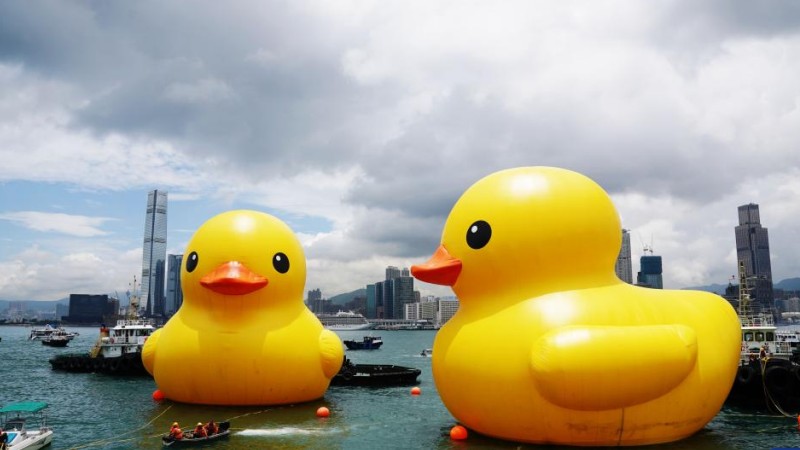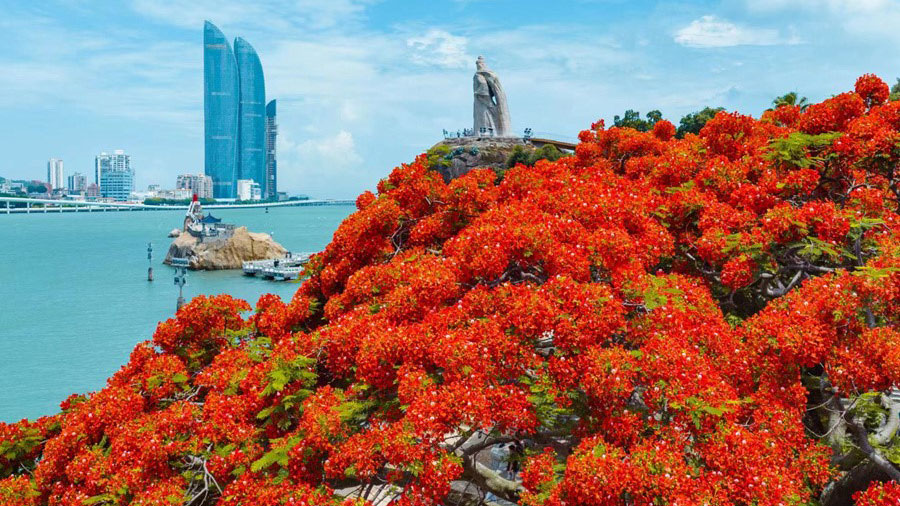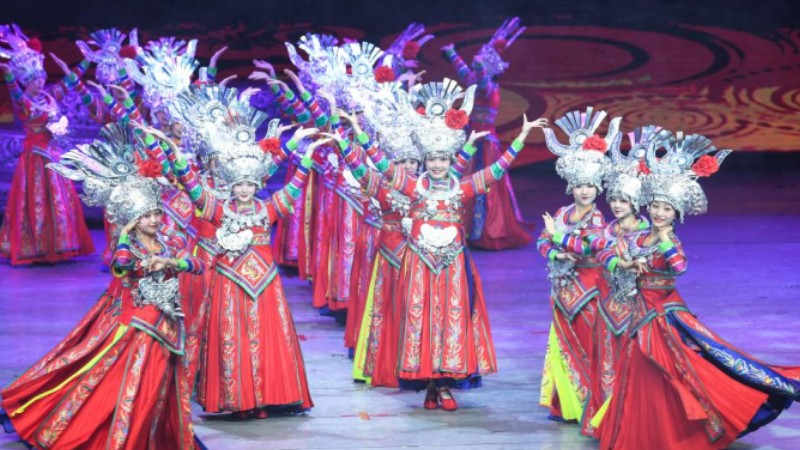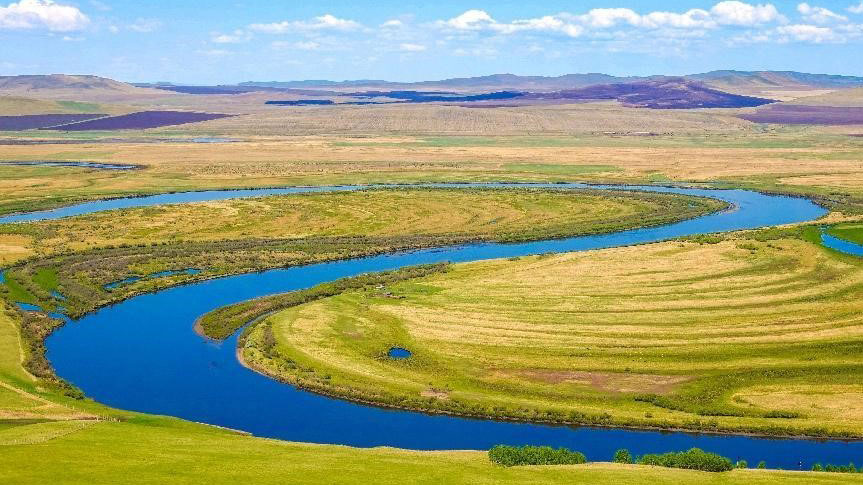Protection comes first for cultural heritage
LANZHOU, June 10 (Xinhua) -- Saturday marks this year's Cultural and Natural Heritage Day in China, with the theme focusing on cultural relics protection and utilization, as well as cultural confidence and strength.
For President Xi Jinping, cultural heritage protection carries special importance. He set aside time to learn about the protection of cultural relics on multiple domestic inspection tours.
He made Mogao Grottoes in the city of Dunhuang the first stop on his inspection tour to northwest China's Gansu Province in August 2019 and presided over a symposium at Dunhuang Academy attended by experts, scholars and representatives from cultural units.
On his way out of the meeting room at the academy, Xi, also general secretary of the Communist Party of China (CPC) Central Committee and chairman of the Central Military Commission, tarried a moment.
"The protection of world cultural heritage should be placed above tourism as the top priority. We should not set our eyes merely on selling tickets and pursuing economic benefits," he said.
Dunhuang is home to the Mogao Grottoes, a renowned UNESCO World Heritage Site boasting rich collections of Buddhist artwork -- more than 2,000 colored sculptures and 45,000 square meters of murals -- in 735 caves along a cliff.
In his congratulatory letter to the first Silk Road International Cultural Expo in Dunhuang in September 2016, Xi commended Dunhuang culture as "uniquely charming."
While presiding over the symposium, Xi hailed Dunhuang culture as "a bright pearl in the long river of world civilization, and precious historical material for the study of the politics, economy, military, culture and art of various ethnic groups in ancient China."
Over the years, substantial efforts have been made to protect this world cultural heritage site and other grottoes in the country. In 2020, a guideline on the preservation of grottoes was issued by the State Council, clarifying 10 major tasks, including better utilization of advanced technology and talent building.
By the end of 2022, Dunhuang Academy had finished compiling a digital data collection on 278 caves, image processing for 164 of them, and the 3D reconstruction of 145 painted sculptures and seven ruins, while delivering a panoramic tour program for 162 caves.
According to Zhao Shengliang, Party chief of the academy, about half of the digitalized caves were completed after the 18th CPC National Congress in 2012. In recent years, more manpower and funds have been put into Dunhuang studies, significantly accelerating the digitalization of murals and sculptures.
In the meantime, the academy has strengthened cultural exchanges with more countries and regions, especially those along the Belt and Road.
Photos
Related Stories
- Xi says China's consistent position on Ukraine crisis is to promote peace talks
- Senior CPC official stresses implementation of Xi's speech on cultural inheritance, development
- Sci-tech self-reliance, a key concern in Xi's domestic inspections
- Commentary: Understanding critical importance of national unification: China's rooted tradition of unity
- Preserving the iconic Great Wall
Copyright © 2023 People's Daily Online. All Rights Reserved.









